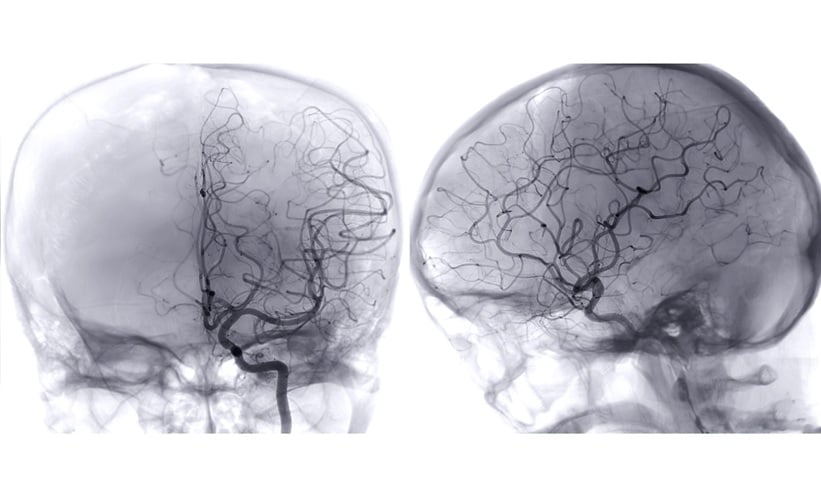GLP-1 receptor agonists show robust neuroprotection in stroke models, yet human clinical benefits remain uncertain so far.
Preclinical Evidence for GLP-1 Receptor Agonists
In this systematic review and meta-analysis, investigators searched PubMed and Embase in 2024 and 2025 for studies of GLP-1 based therapies in ischemic stroke without diabetes. They identified 35 eligible studies, including 31 preclinical models of cerebral ischemia and 4 clinical studies in patients with nondiabetic ischemic stroke. Across animal models, GLP-1 receptor agonists consistently improved functional outcomes and produced marked reductions in infarct volume compared with placebo. Proposed neuroprotective mechanisms included attenuation of oxidative stress, mitigation of hypoxia triggered cell death, and dampening of the inflammatory response after acute ischemic injury. These findings align with broader evidence that GLP-1 receptor agonists reduce cardiovascular disease risk, particularly stroke, in other high-risk populations.
Clinical Data in Nondiabetic Ischemic Stroke
By contrast, current clinical evidence in patients without diabetes remains limited and inconclusive. Recent randomized trials of GLP-1 receptor agonists in nondiabetic ischemic stroke have not demonstrated significant reductions in stroke incidence or clear gains in neurological recovery. The available human data suggest that GLP-1 receptor agonists are safe and generally well tolerated in both acute and chronic settings, which supports continued investigation. However, the small number of trials and heterogeneity in treatment regimens and outcomes mean that firm conclusions about efficacy in routine practice cannot yet be drawn.
Implications for Stroke Care and Research
For clinicians, these findings position GLP-1 receptor agonists as promising neuroprotective candidates rather than established therapies for nondiabetic ischemic stroke. Reperfusion strategies remain the cornerstone of acute management and should not be delayed in favor of experimental approaches. The strong preclinical signal, coupled with an acceptable safety profile, underscores the need for adequately powered, well designed trials focused on nondiabetic stroke populations. Future work will need to clarify optimal timing, dosing, and treatment duration, as well as identify which patients derive the greatest benefit from GLP-1 based neuroprotection.
Reference: Michaelsen MK et al. GLP-1 Receptor Agonists as Treatment of Nondiabetic Ischemic Stroke-A Systematic Review and Meta-Analysis. Stroke. 2025;doi:10.1161/STROKEAHA.125.053075.







